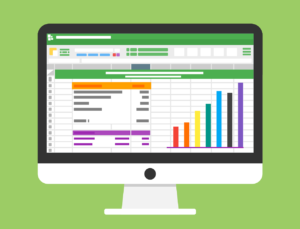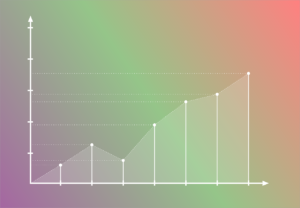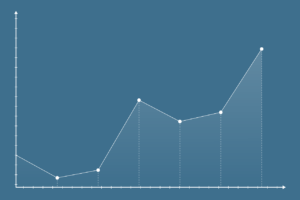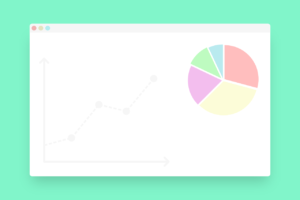DataFrame

DataScience
Python
3 ways to do dimensionality reduction techniques in Scikit-learn
Dimensionality reduction techniques are used to extract informative features that could be used for later learning, etc. Tested PCA, MDS and t-SNE for the breast cancer dataset.
Read More
DataScience
Python
Statistics
What are standarization and normalization? Test with iris data set in Scikit-learn
Standarization and normalization are essential techniques to apply your data set before using classifiers in some cases. I tested both with iris data set.
Read More
Crypto
DataScience
Python
Coefficient of variation to compare your crypto assets
This guide shows how to obtain crypto data via CoinGecko API and calculate the coefficient of variation that is a statistical measure of the dispersion of data points.
Read More
DataScience
Python
How to draw support and resistence lines with DataFrame in Python
Support and resistence lines are referred to analyze chart patterns, and a direction of assets for traders. This is a guide to draw those lines in matplotlib.
Read More
DataScience
Python
How to draw a trend line with DataFrame in Python
Talib library doesn’t support to draw trendlines. This is the article how to compute trendlines from DataFrame and draw it in matplotlib.
Read More
DataScience
Python
How to draw 4 most common trend indicators in matplotlib in Python
Trend indicators are usable and handy for beginners. Here is to introduce how to draw chars and bars for Moving Averages, MACD, RSI and OBV in Python.
Read More
DataScience
Python
How to draw a candlestick chart with DataFrame in Python (mplfinance, plotly and bokeh)
Tutorials how to craw a candlestick from DataFrame object with three different libraries mplfinance, plotly and bokeh.
Read More
Python
Mastering DataFrame – 3 tips for DataFrame.rolling function
Introduce 3 tips in DataFrame about the parameters center and min_periods, how to change the weight of window with win_type, how to use apply function.
Read More
DataScience
Python
Mastering DataFrame – how to aggregate OHLCV data in a different time period
OHLCV stands for Open, High, Low, Close and Volume (Volume is optional). It’s used for market data such as stock, forex, commodity and crypto and consists of a series of rows that represent 5 data points: the opening and closing price, the highest and lowest price during a certain period of time. Volume is the […]
Read More